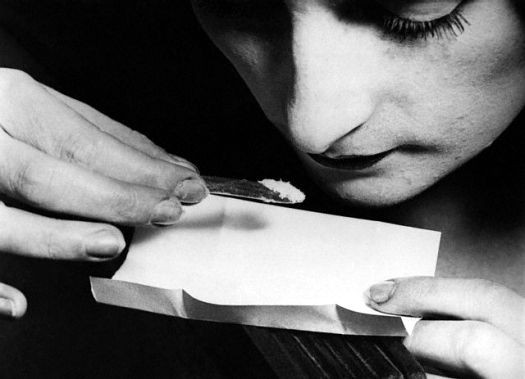Britain’s High Cocaine Use Leads To Water Pollution, But Levels Still Too Low To Present Health Risk

Cocaine use in the UK has risen to such levels that experts now find traces in the country’s water supply, a new study contends. However, due to the extremely low doses present, consumers are highly unlikely to suffer any health consequences as a result.
Even after the British water supply had gone through multiple purification treatments, officials still discovered traces of the illegal drug — specifically in the form of benzoylecgonine, the metabolized form of the drug that registers on urine-based drug tests. The pollution is an issue Steve Rolles, of the drug policy think tank Transform, believes is caused by the country’s extreme cocaine use.
“We have the near highest level of cocaine use in western Europe,” Rolles told The Sunday Times. “It has also been getting cheaper and cheaper at the same time as its use has been going up.”
In 2013, the UK was named the European capital of drug addiction by the Centre for Social Justice (CSJ). The organization found that one in 12 young people between the ages of 15 and 24, or more than 670,000 people, said they had taken “new psychoactive substances.” The report also found that Britain had the highest lifetime-use of amphetamines, heroin, cocaine, and ecstasy among European countries.
Despite these high levels of consumption, the traces of cocaine found in the water supply, which also included traces of ibuprofen, caffeine, and carbamazepine (a drug for treating epilepsy) were neither new nor dangerous, many experts agreed. “Intakes of the compounds detected in drinking water are many orders of magnitude lower than levels therapeutic doses,” stated a recent report from Public Health England, according to The Independent.
The report from Public Health England showed cocaine traces were roughly a quarter of what they were before treatment, around four nanograms per liter. That level of exposure is “at least thousands of times below doses seen to produce adverse effects in animals,” the report stated, and at least hundreds of thousands of times below therapeutic doses for humans. “Thus, the detected pharmaceuticals are unlikely to present a risk to health.”
Finding drugs and other pharmaceuticals in the water supply is not a new concern, Dr. Sarah Janssen, science fellow at the Natural Resources Defense Council, tells WebMD. "Ever since the late 1990s, the science community has recognized that pharmaceuticals, especially oral contraceptives, are found in sewage water and are potentially contaminating drinking water.” The greater question, however, is in what concentrations do these contaminants hurt us.
For that, the jury is still out. Janssen and her colleagues around the country still encourage people to feel safe drinking water from their tap; meanwhile, the research data has less to say on the long-term effects of some contaminants. Fluoride, for example, has been both revered and reviled: on the one hand as a natural oral health positive, and on the other as a possible precursor to neurological disorders.
While organizations like the Environmental Protection Agency (EPA) and Public Health England may be gaining a fuller understanding of what’s in the water, knowing what those substances do is a more complex problem — one that Janssen sees as the organizations’ call to “do further studies to see what the health effects are."
Published by Medicaldaily.com



























